These are the various types of garden flowers with names and pictures that begin with the letter L. With an emphasis on common and easy to grow species.
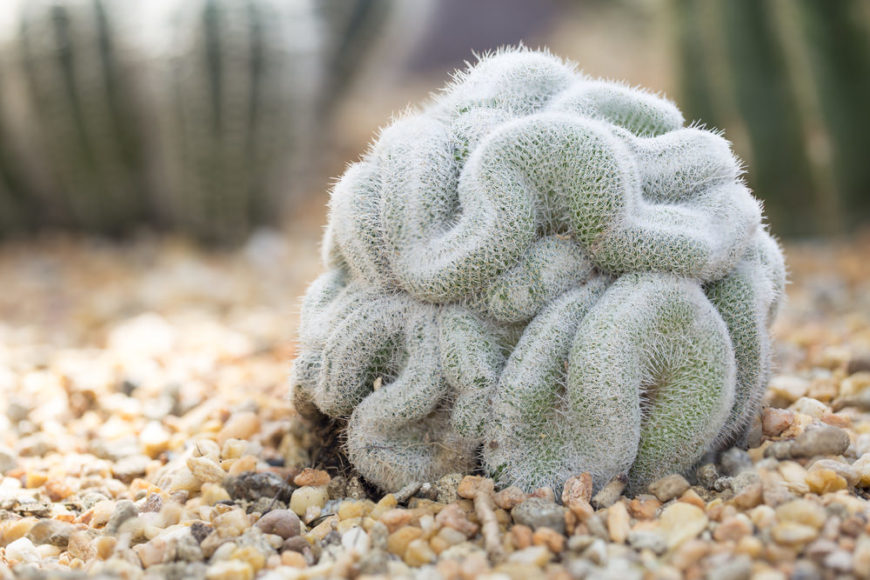
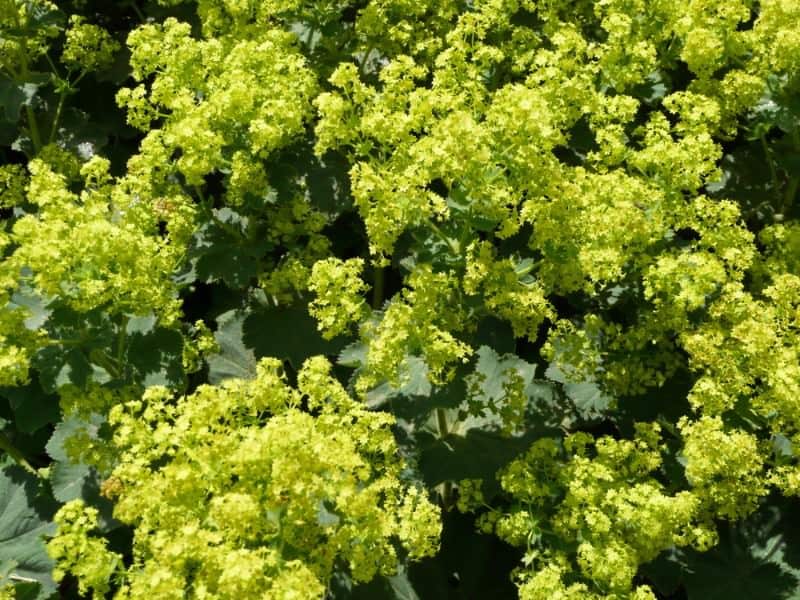
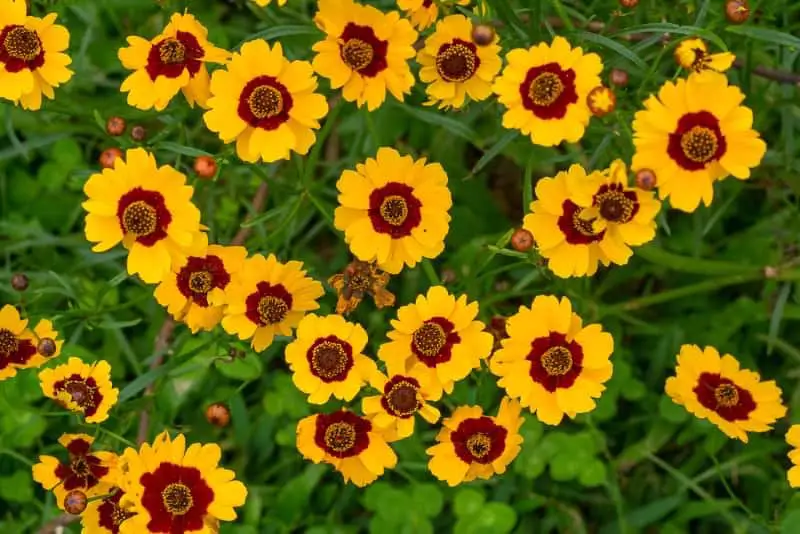
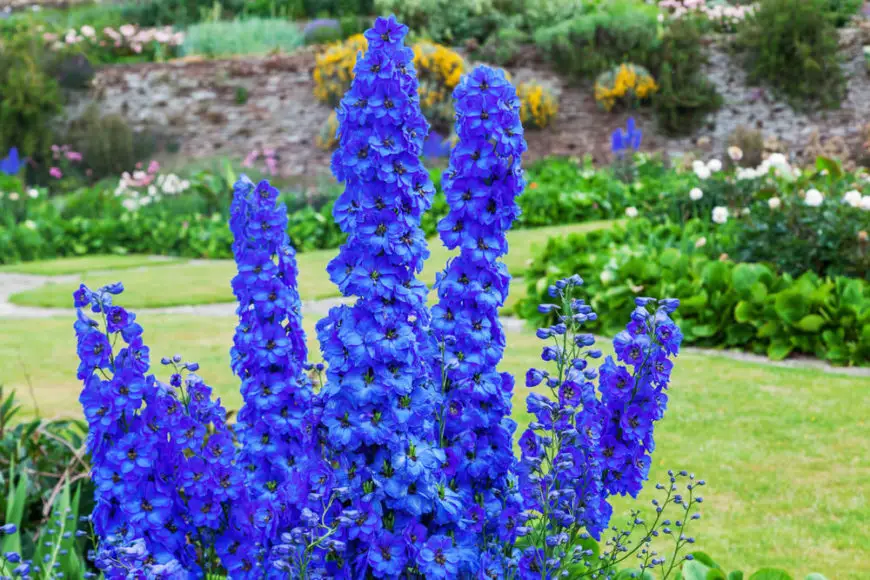
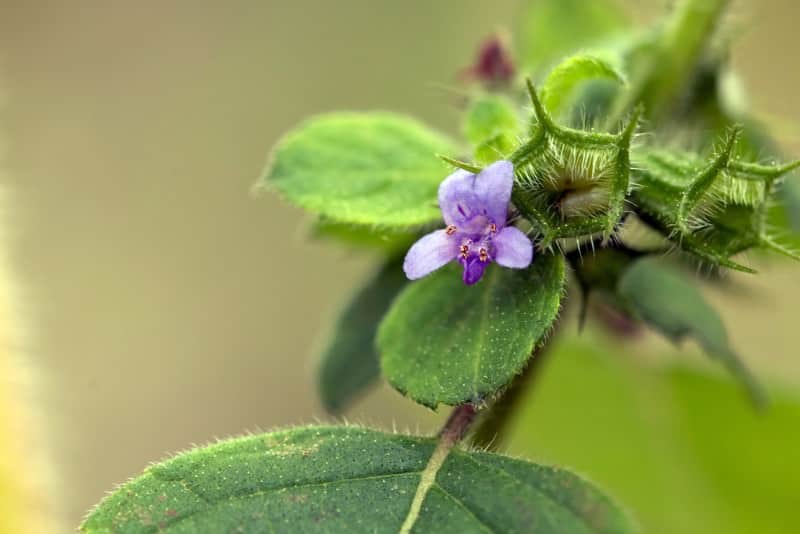
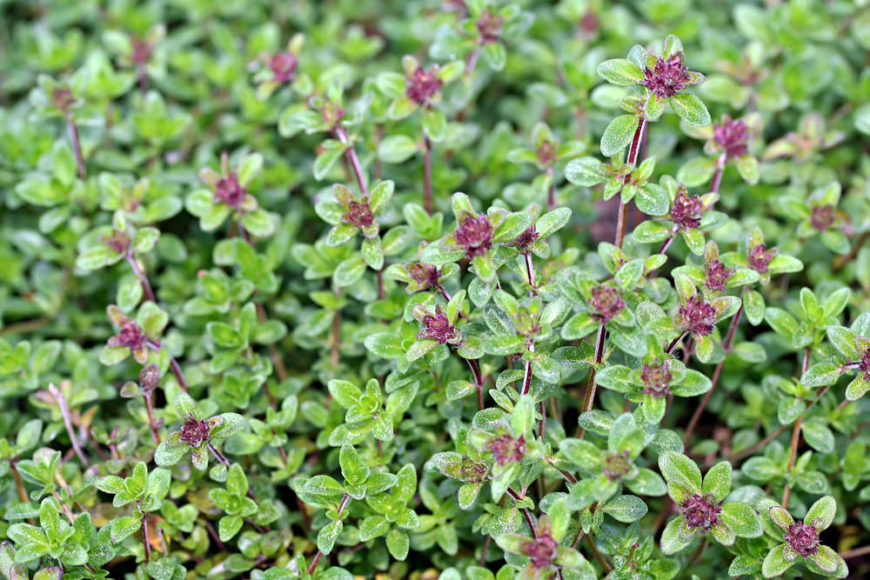
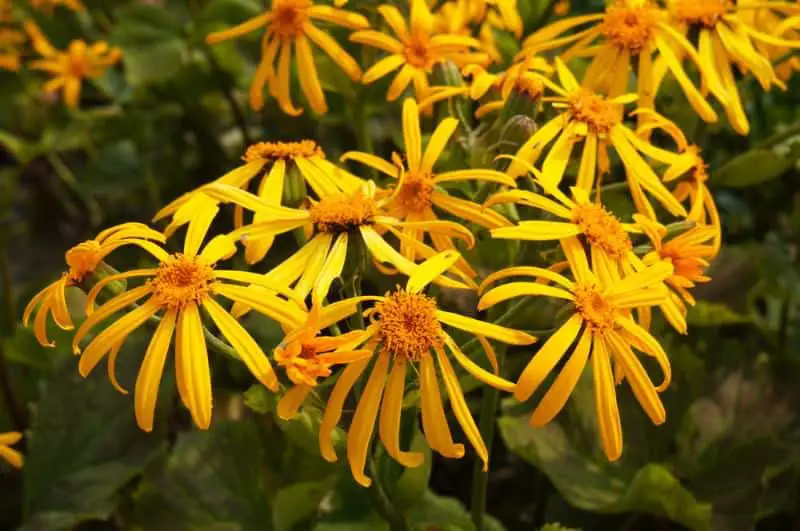
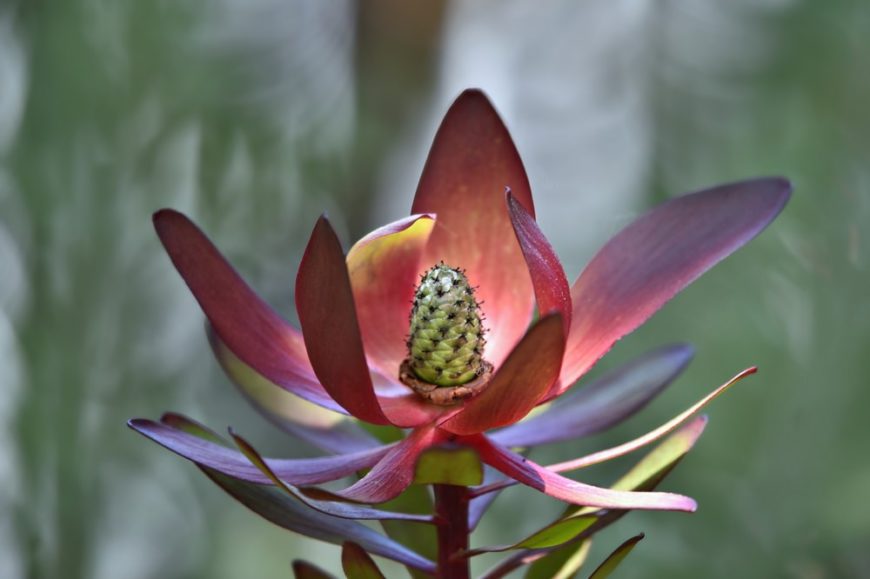
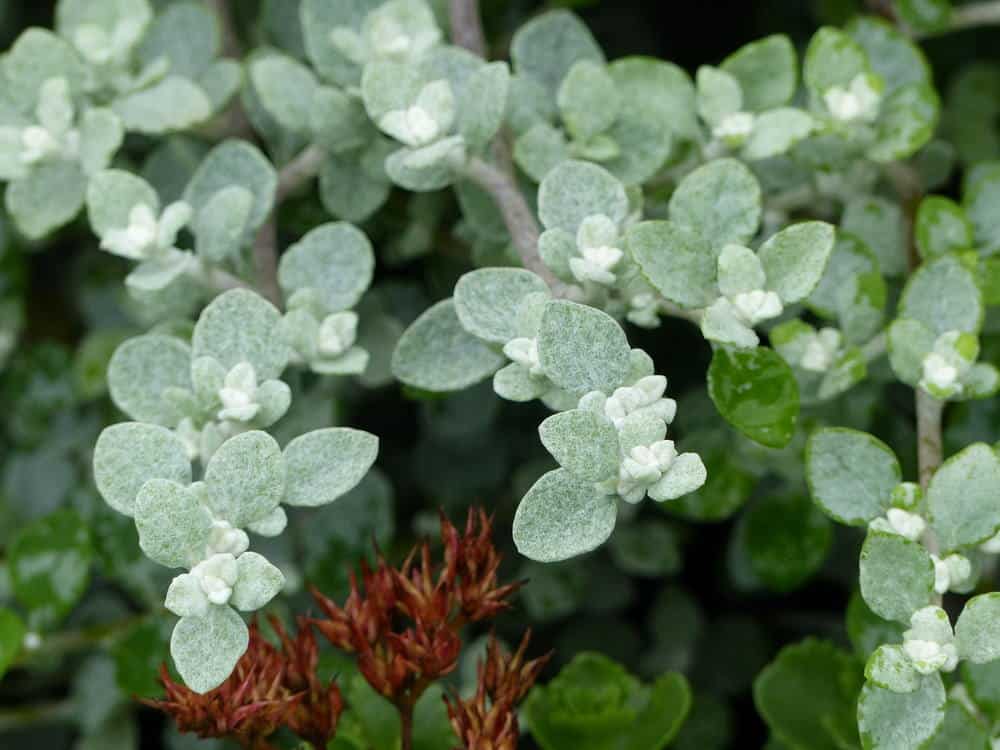
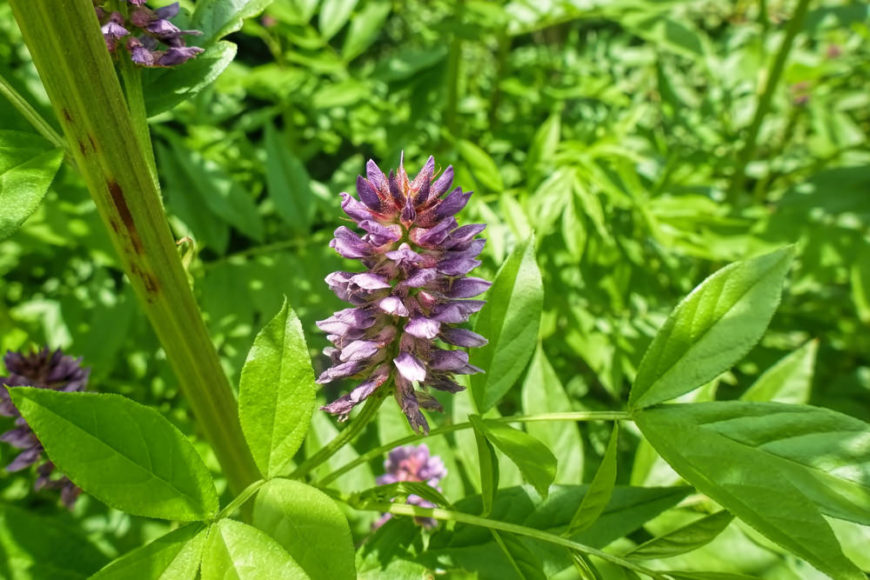


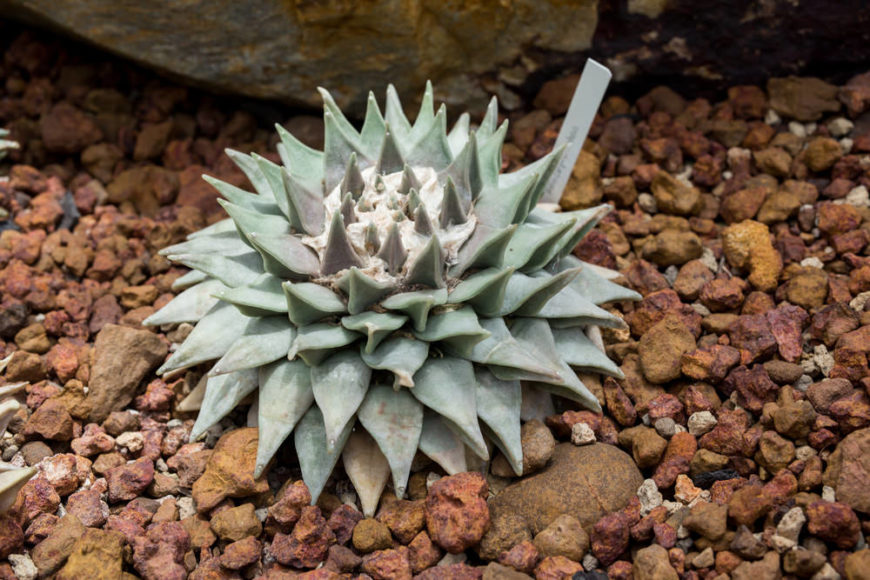
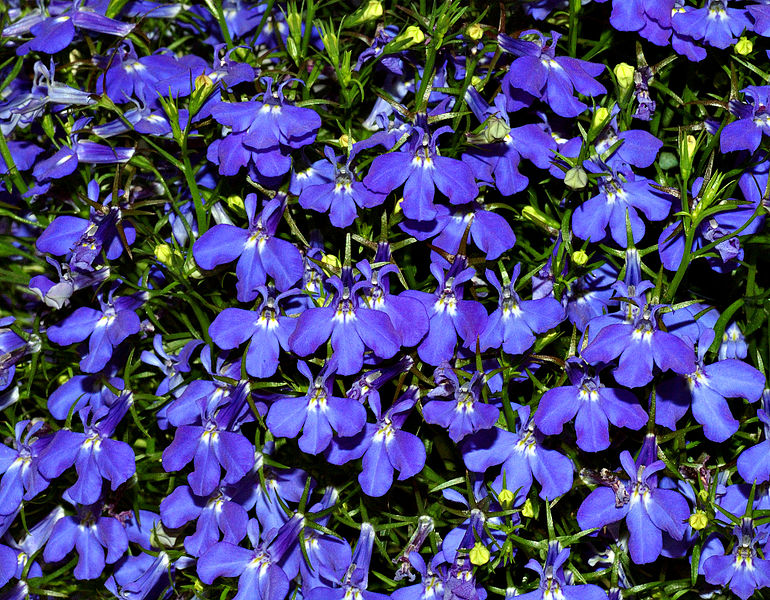
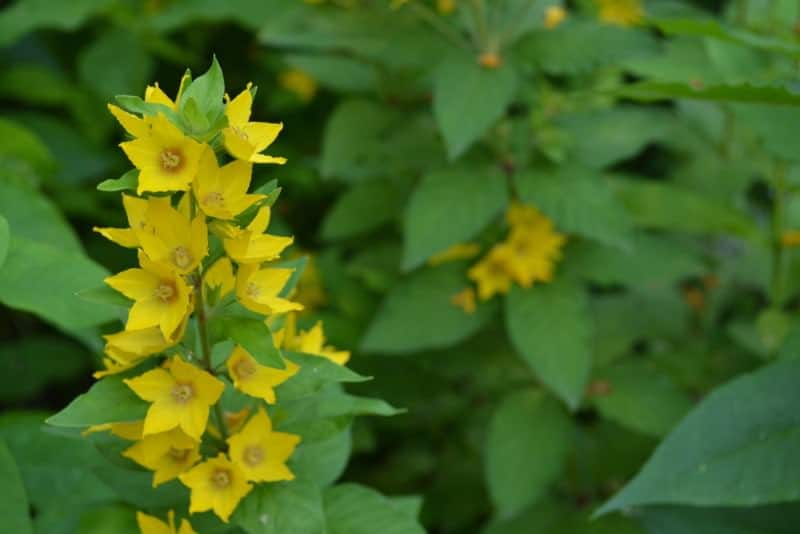
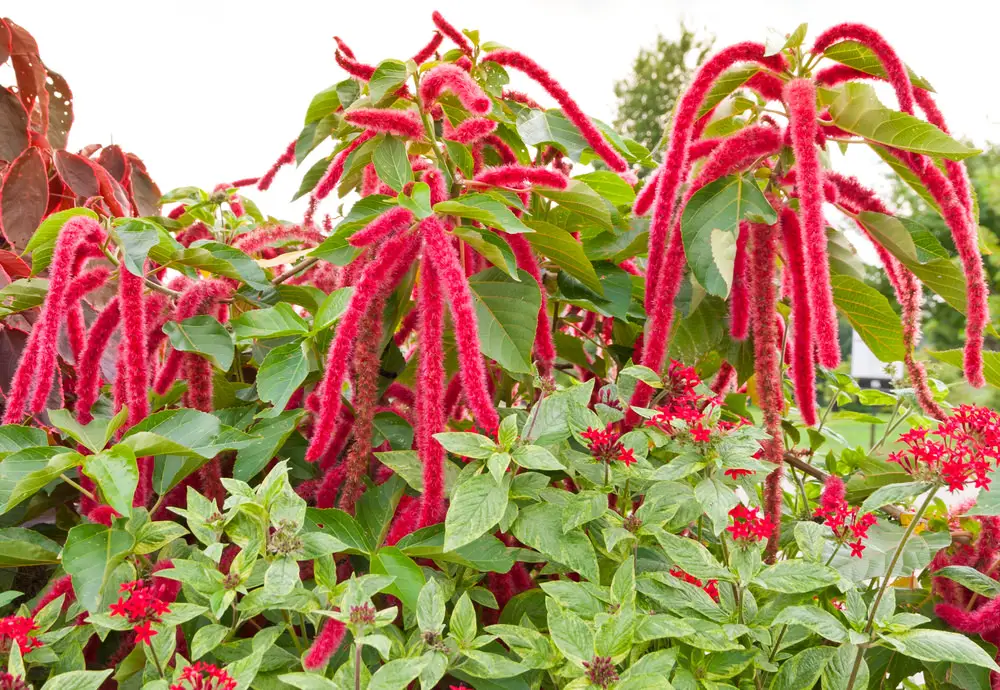
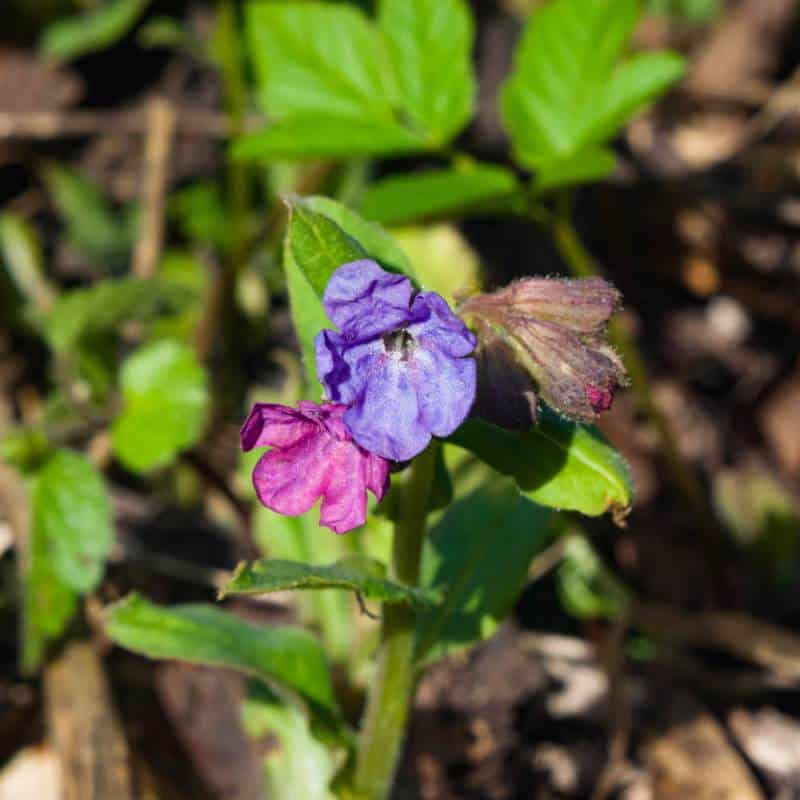
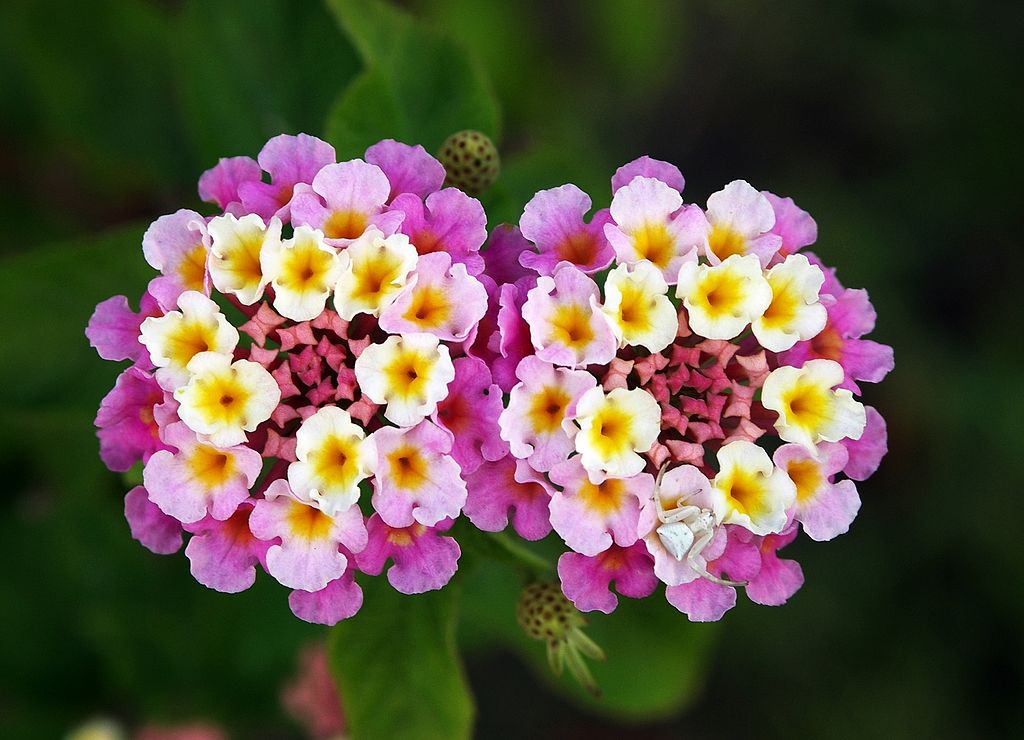


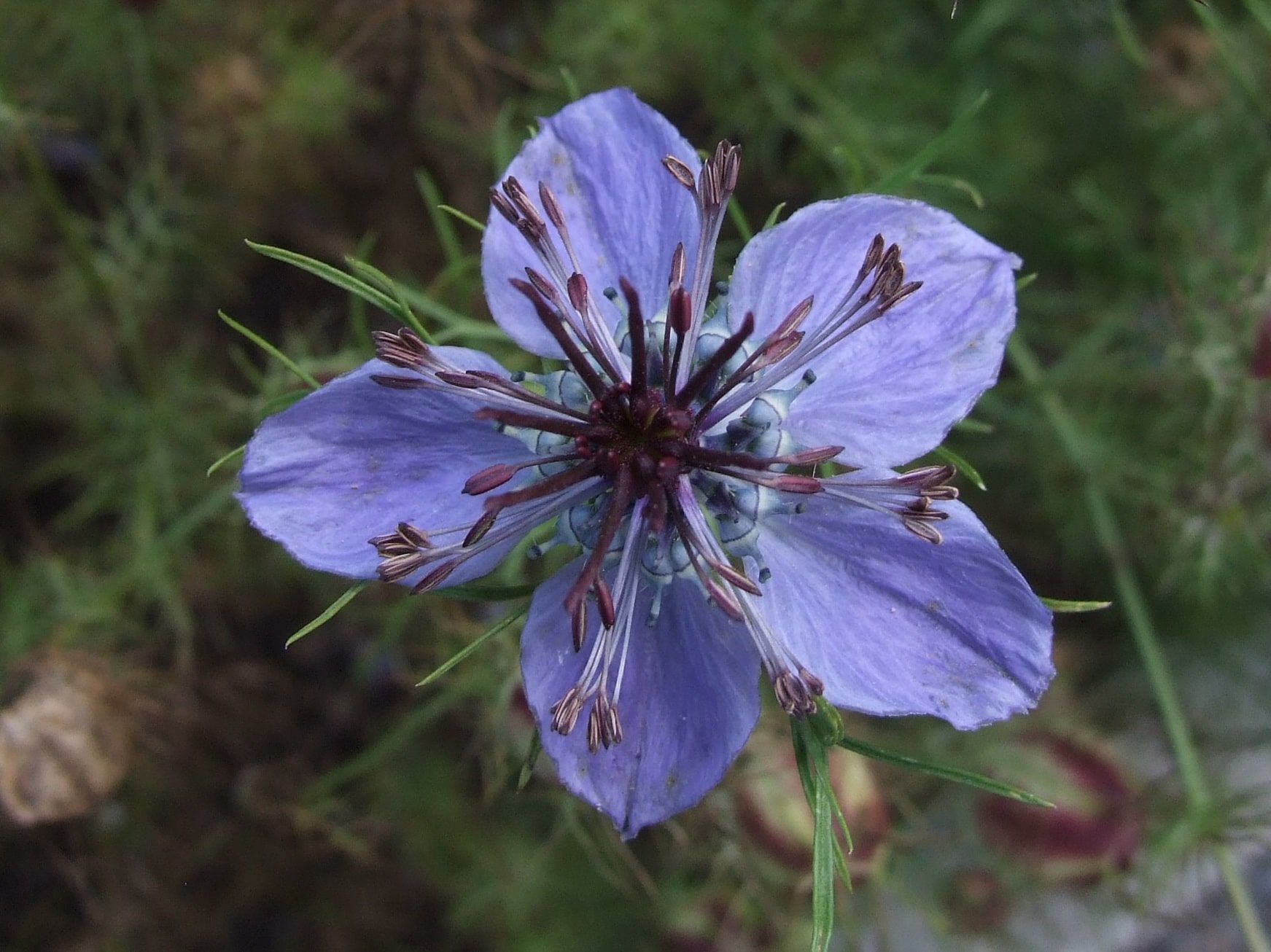
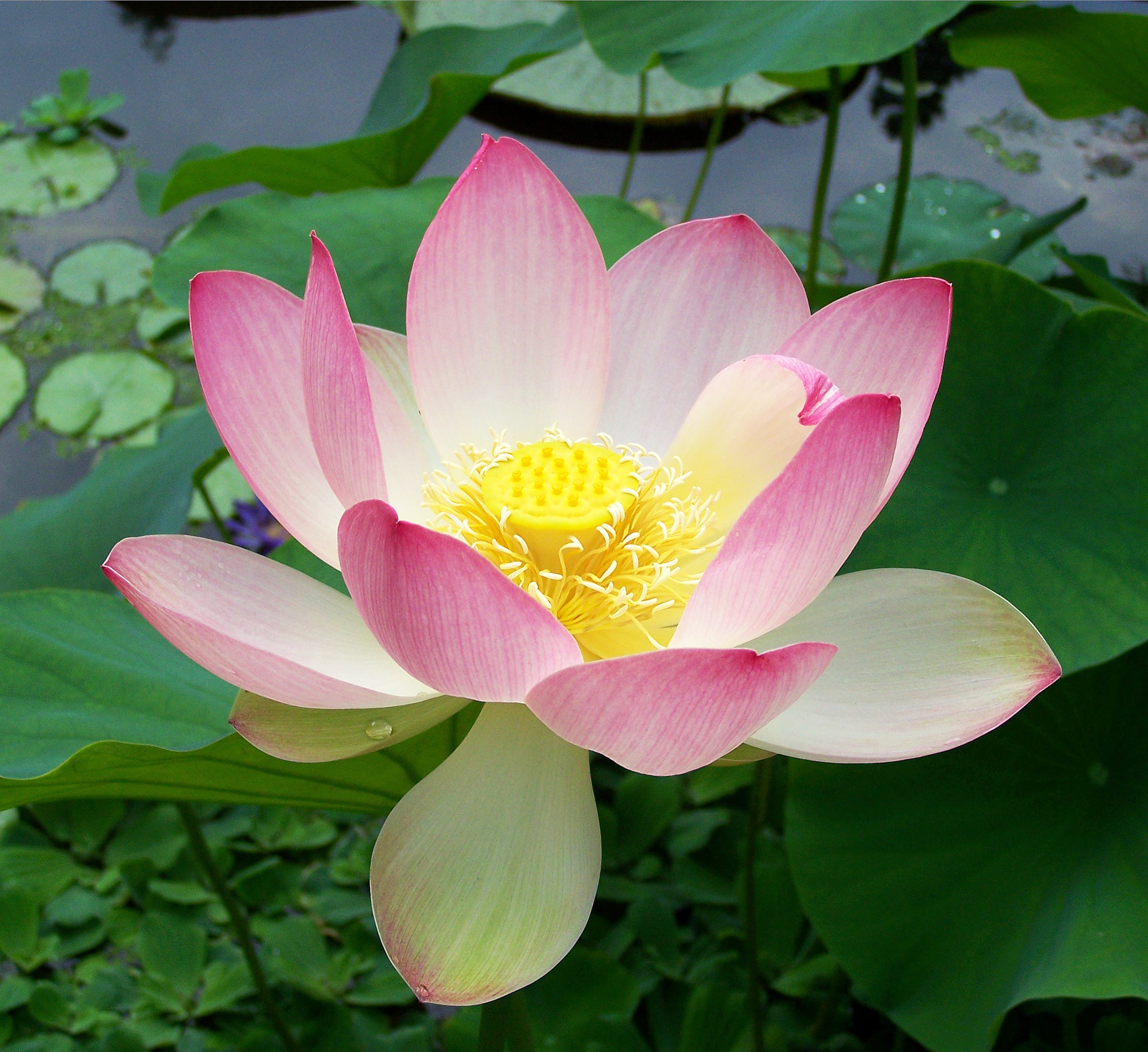
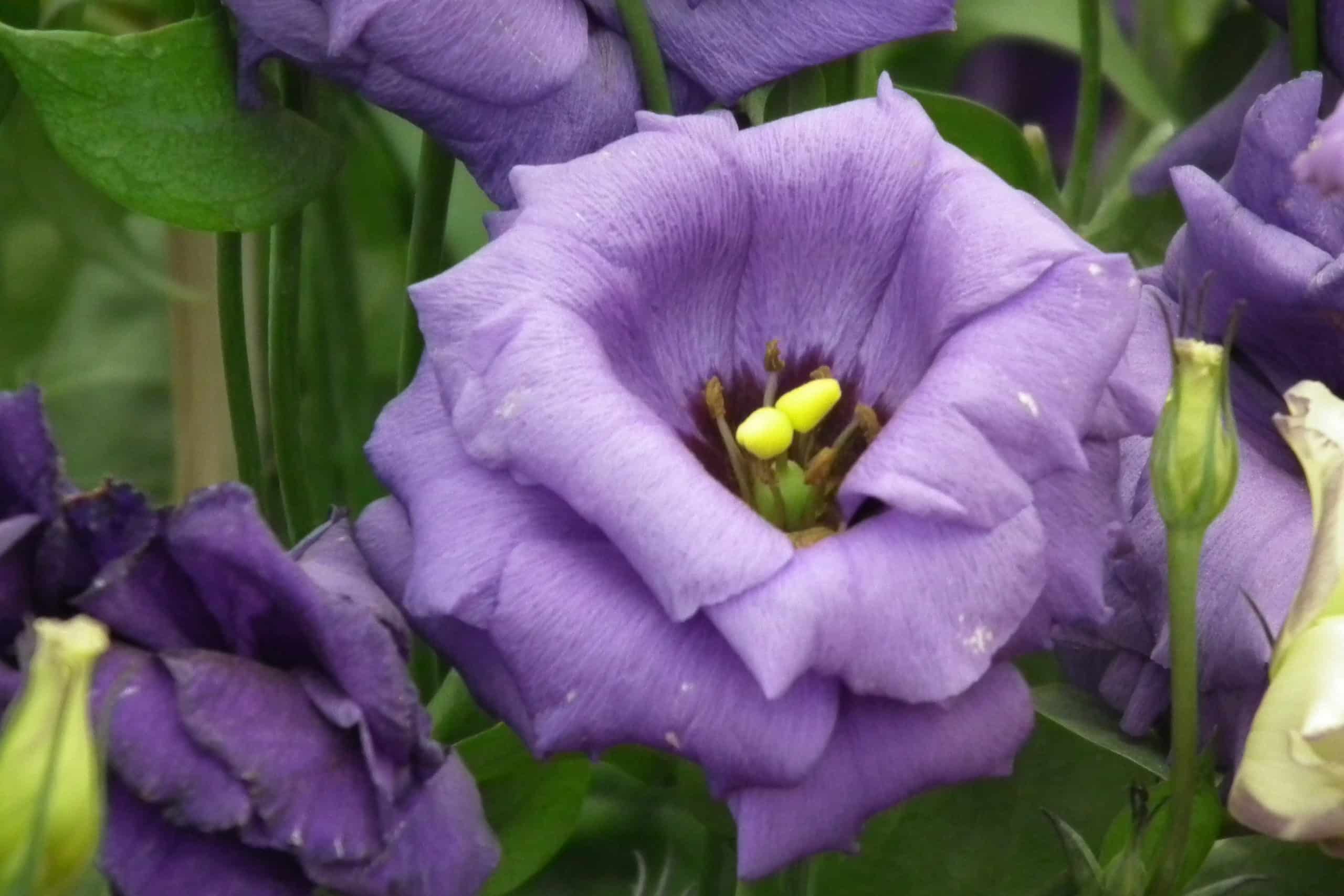
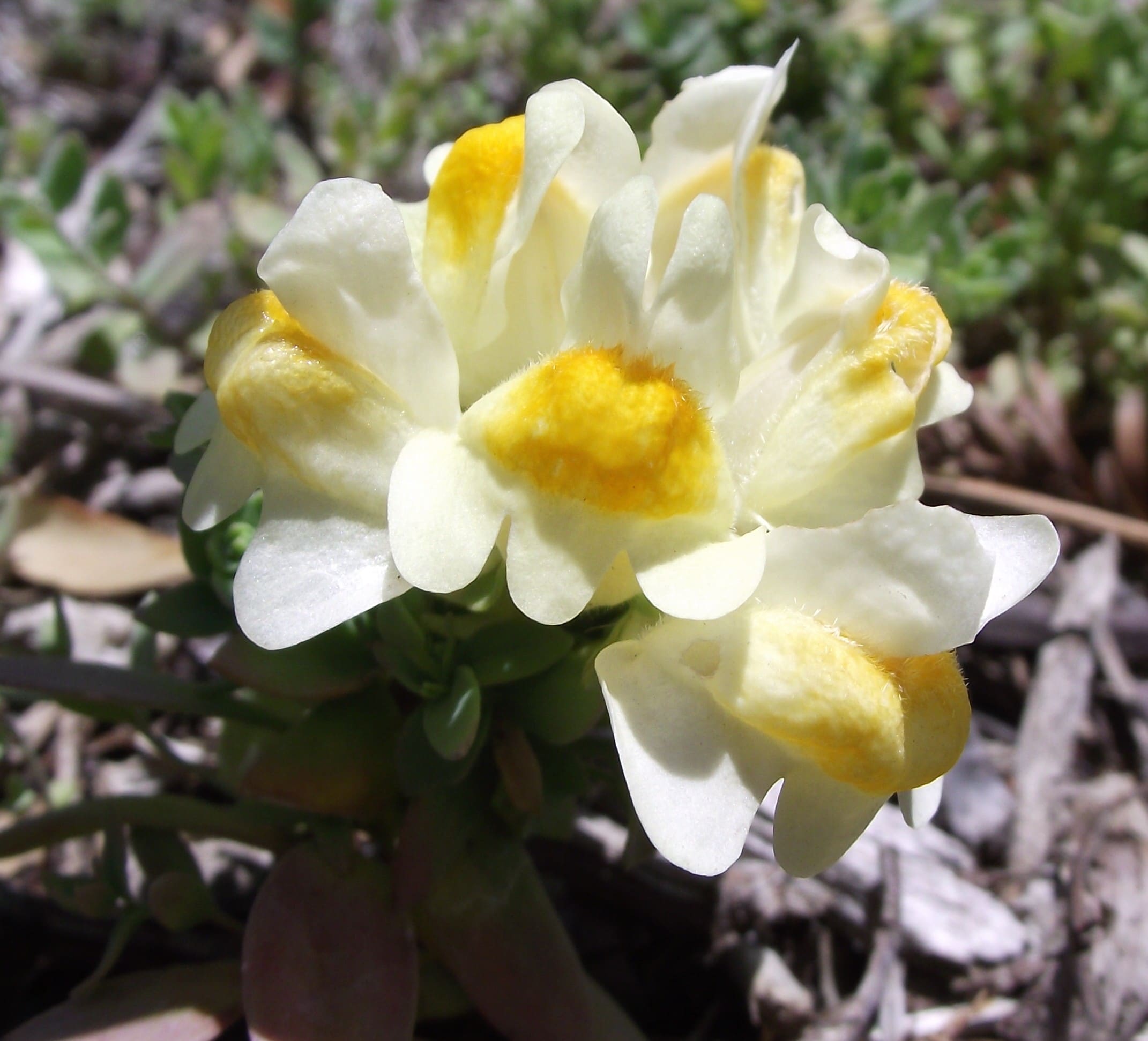
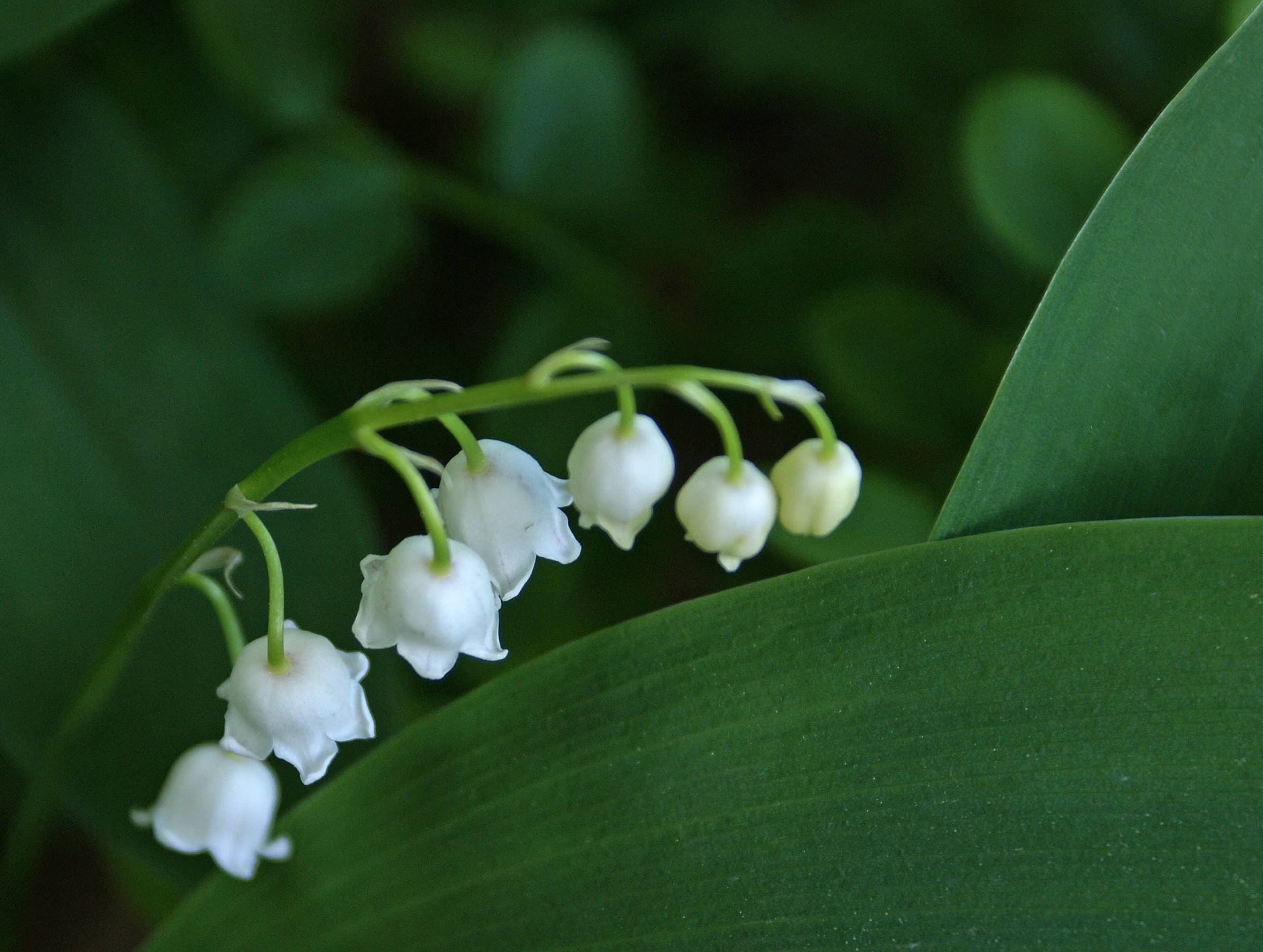
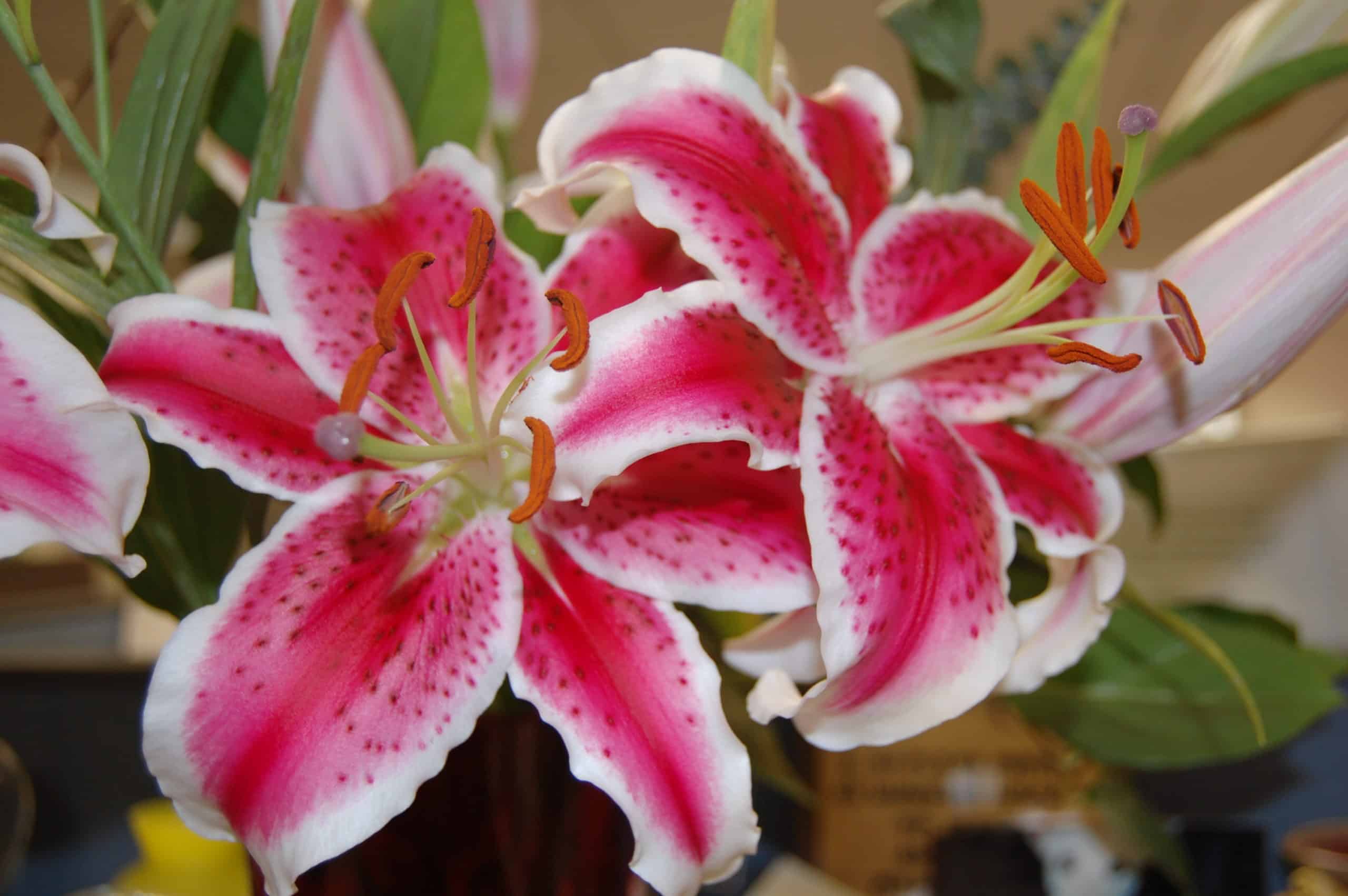
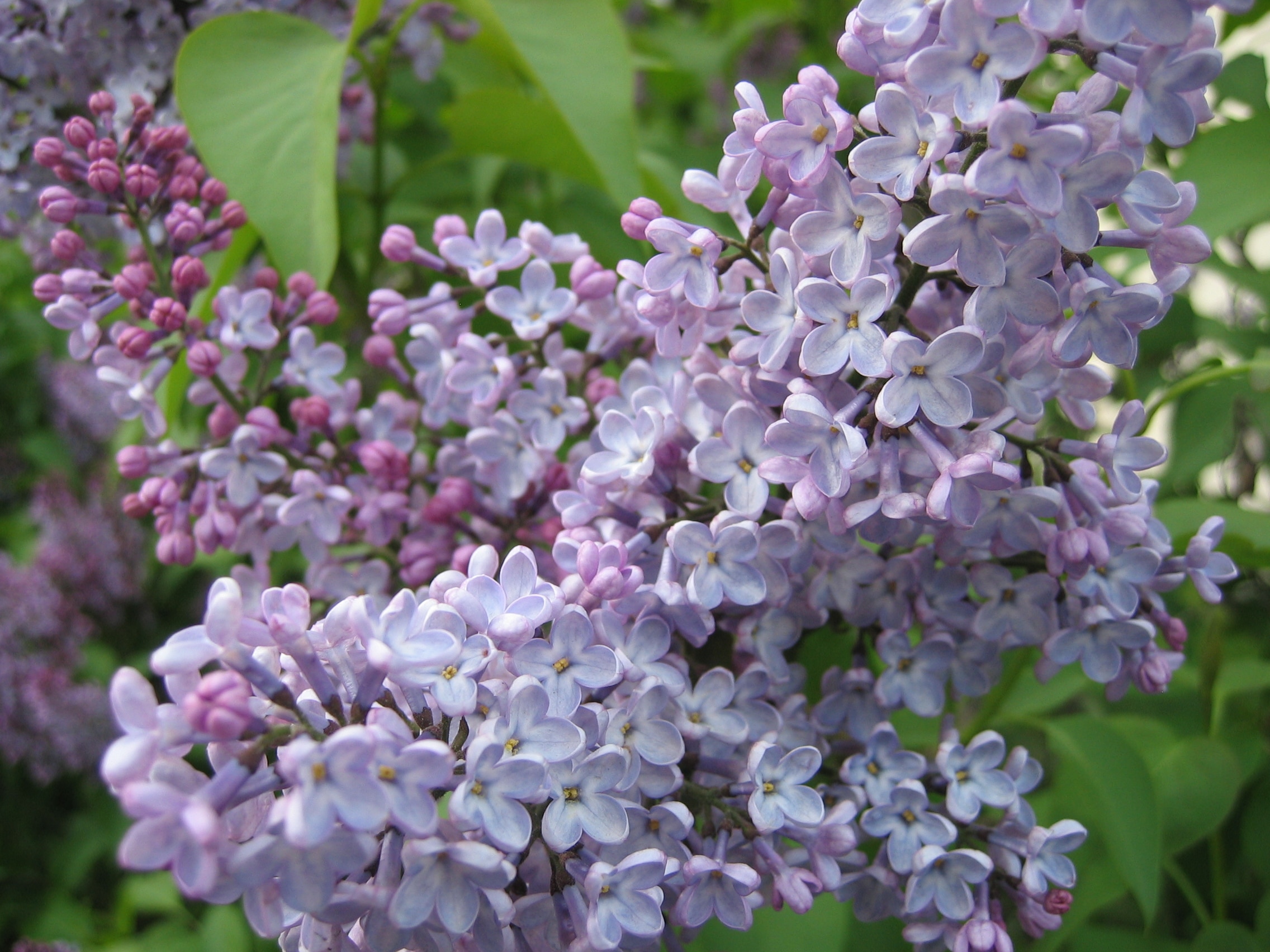
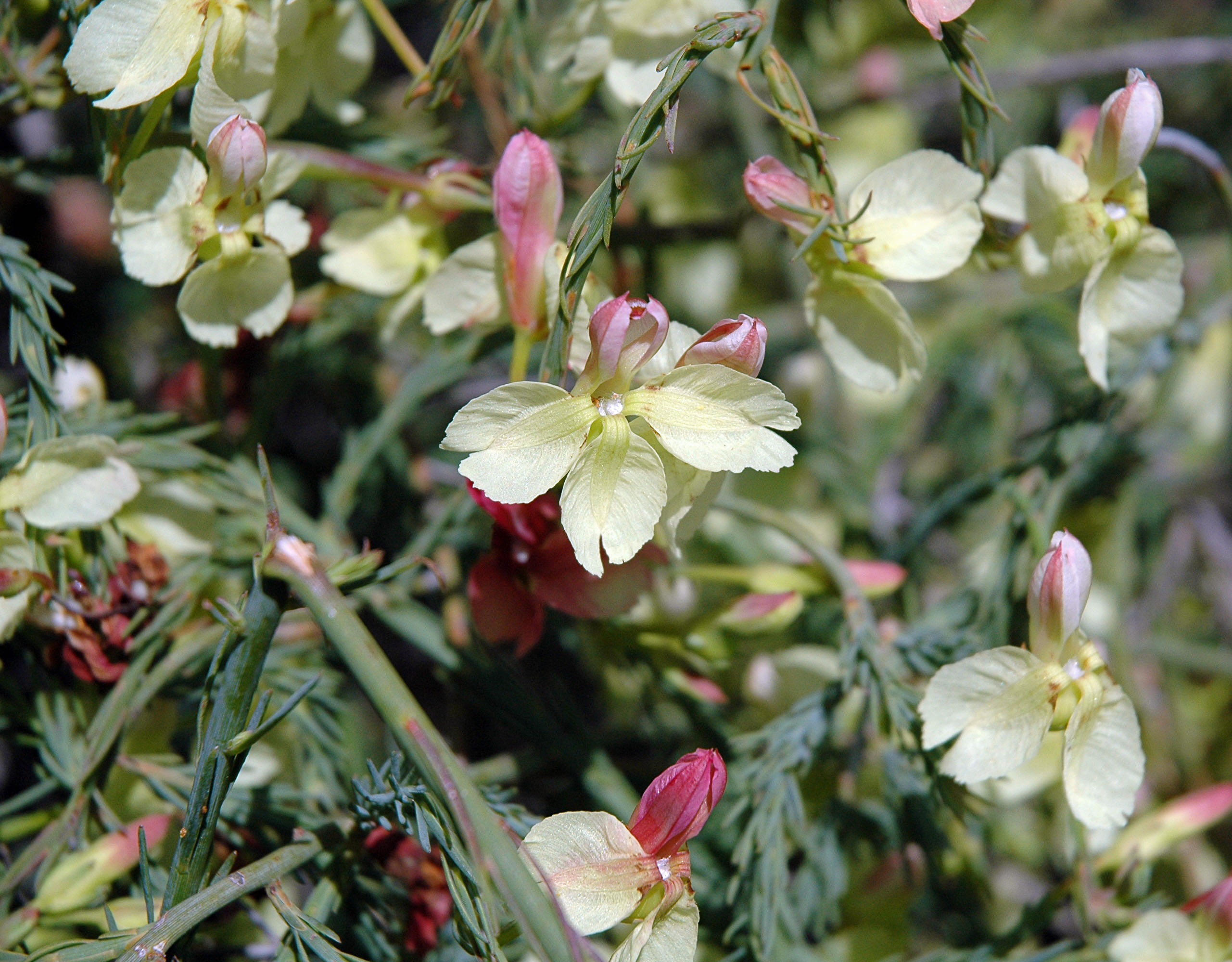
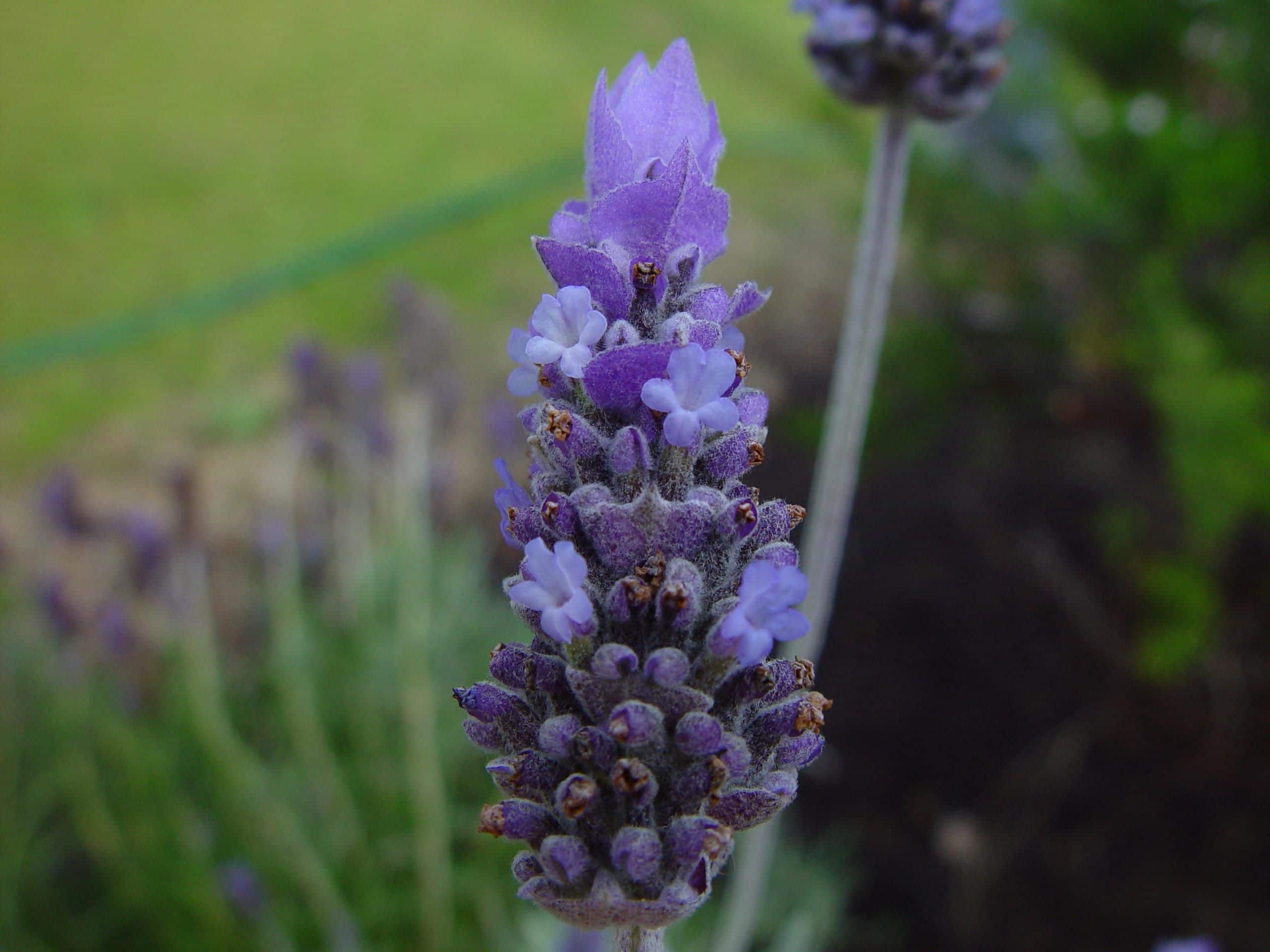
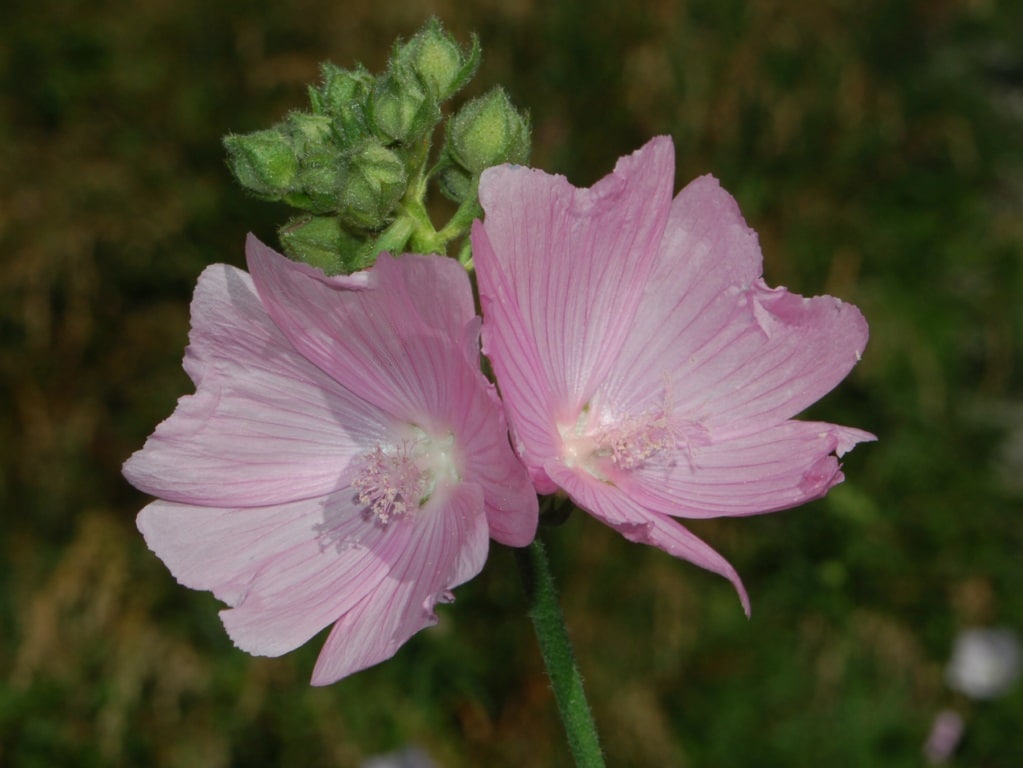
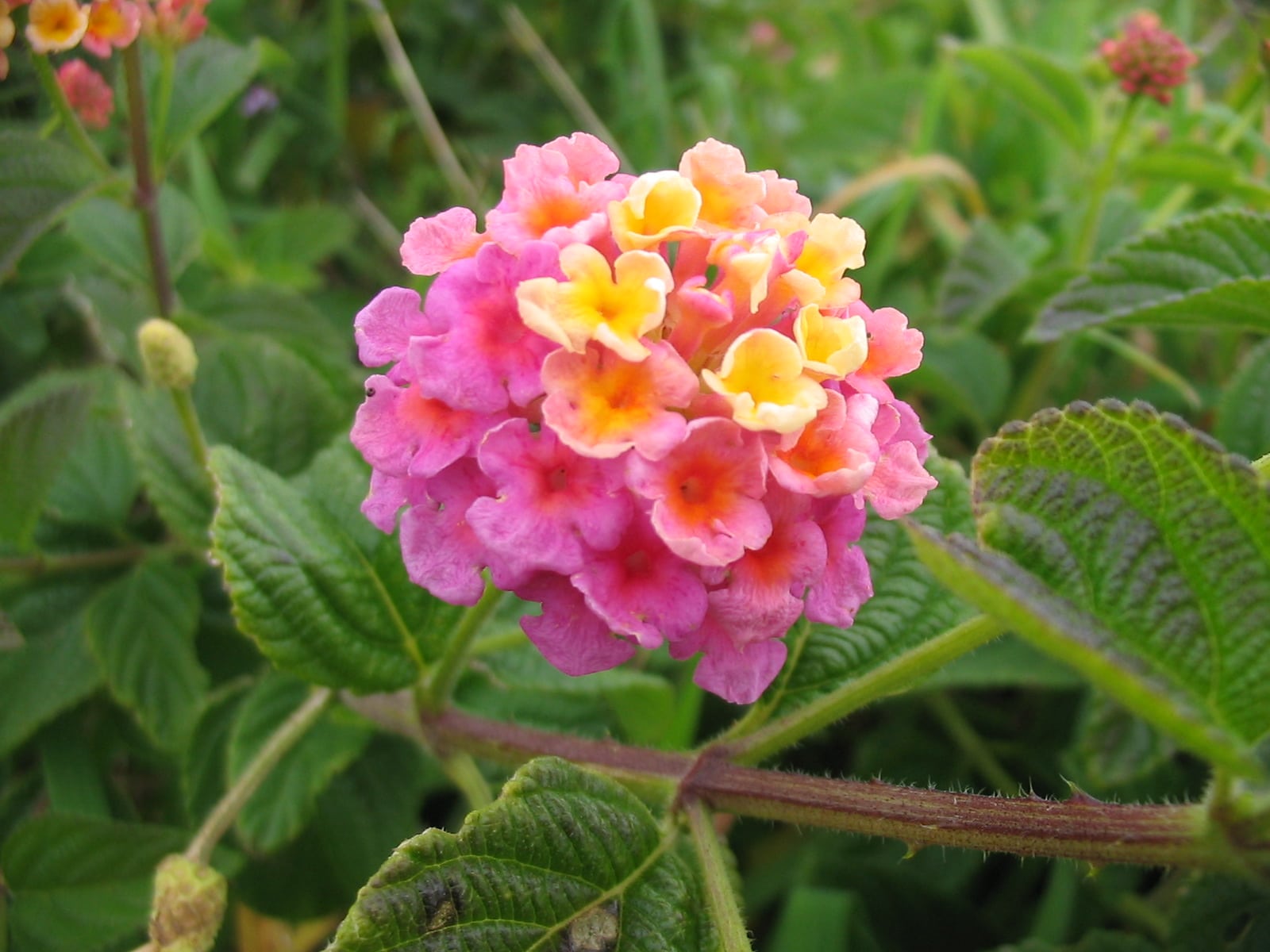
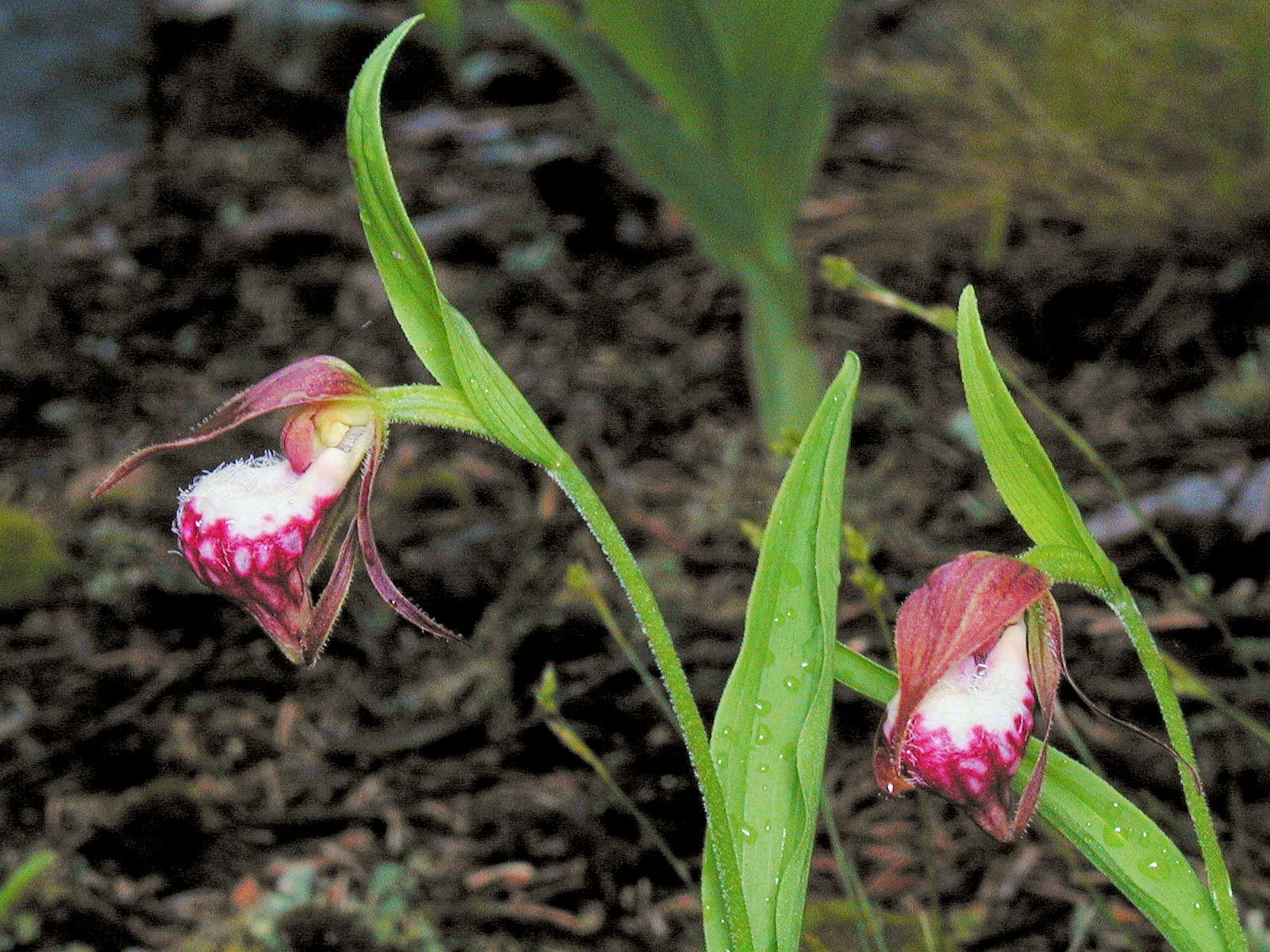
Lady Finger Cactus
The Lady Finger cactus is a small, pretty plant that grows relatively fast and it’s easy to care for, making it an ideal choice if you want to take care of your own cactus.
The Lady Finger Cactus originates from Mexico and Central America.
It belongs to the genus cactus known as Mammillaria and has a cylindrical stem.
They’re called Lady Finger Cacti because they resemble Lady Finger chili peppers.
They are native to central Mexico.
During the spring, this particular type of cactus produces white or yellow flowers.

Lady’s Mantle
Lady’s Mantle is a flowering plant that belongs to the daisy family.
Lady’s mantle is believed to have healing, tonic and astringent properties, which is why it has been used in folk medicine for centuries.
It is still widely used today in herbal medicine
Lady’s Mantle is also known as Alchemilla vulgaris.
They often bloom yellow flowers, however, sometimes they produce green flowers.

Lady’s Slipper
Slipper orchids are one of the most striking groups of flowering plants.
These tropical American orchids are characterized by their showy, often fragrant flowers with a unique pouch-shaped lip designed to attract pollinating insects.
Slipper orchids, formerly classified in the family Cypripediaceae along with lady slipper orchids, are now placed in their own family, the Slipper Orchidaceae.
It is native to North and South America.

Lance-leaved Coreopsis
Lance-leaved Coreopsis is a North American species of flowering plant in the daisy family.
Its common names include Lanceleaf coreopsis and Lance-leaf tickseed.
It is native to much of the eastern half of the United States, plus parts of southeastern Canada and northern Mexico, where it grows in open habitat types, especially dry sandy areas.
Lance-leaved Coreopsis thrives in dry areas and does not tolerate wet soils.
It is a short-lived perennial which produces a large, branching stem up to 100 cm (40 inches) tall from a woody base.
The plant usually has only one central stem with the basal leaves appearing first and then progressively fewer as the plant matures.
They develop yellow flower heads during the late summer, where each head will contain ray florets and disc florets.
Honeybees and butterflies are attracted to the flowers.

Lantana
Lantanas are hardy perennial plants and in colder areas treated as an annual.
Lantana plants attract hummingbirds, butterflies and bees. The color combination of its flowers provide a showy display. Lantana plants are easy to grow and need little care.
While they prefer full sun, they will tolerate some shade as well as some drought conditions.
Lantana plants can be grown in containers on the patio or as a groundcover.
However, they also make good fillers for hanging baskets where their flowers can cascade over.

Studies conducted in India have found that Lantana leaves can produce antimicrobial, fungicidal, and insecticidal effects.

Larkspur
The name ‘delphinium’ is from the word meaning ‘dolphin’ in Latin, which originally came from the Greek, named due to the plant’s bud and spur that resembles the shape of a dolphin.
All members of the genus Delphinium are toxic to humans and livestock. This variety blooms attractive blue flowers.

Lavatera
Lavatera adds a passionate tone to the garden with its flowers that resemble hibiscus or mini hollyhock blossoms.
Lavatera showcases an abundance of flowers in jewel-tone hues. This easy-growing plant is great for large pots or the back of a border.

Lavender
Lavender plants seem to thrive best in rocky or sandy soil.
Lavender buds can amplify both sweet and savory flavors in dishes and are sometimes used to make marshmallows or scones.
And, of course, Lavender plants bloom beautiful lavender flowers.

Lechenaultia
For the Lechenaultia genus, L. formosa may be best known, but L. plant is a native to parts of Australia in the Southwest and Great Southern regions.
Lechenaultia plants can grow in a variety of soil types in full or partial sun.
They grow 1 foot tall and wide and bear pink flowers in the summer to fall months.

Lemon Balm
Lemon balm (Melissa officinalis), also bee balm, is a perennial herb in the mint family Lamiaceae.
It is native to southern Europe and the Mediterranean region but grows easily in gardens and can be commonly found in New England and Appalachia.
This plant has been used for centuries as both an ornamental plant in gardens and for its herbal properties.
Lemon balm is easily grown in the home garden, preferring light shade to full sun.
It can also be planted with other herbs such as basil or oregano, however, it may become invasive if planted alone. Lemon balm is known for attracting bees when in bloom.

Lemon Thyme
The lemon thyme or citrus thyme is a lemon-scented evergreen mat-forming perennial.
It prefers full sun and well-draining soil.
The bloom period is mid to late summer, with pink to lavender flowers that are a nectar source for bees and butterflies.
Flies and gnats, in addition to butterflies and bees, help pollinate the flower.

Leopard Plant

Leucadendron
Leucadendron (or Conebushes) have a spiny appearance to them, with the edges being more rounded than the center.
Leucadendrons typically grow from 3-8 feet tall
They come in a variety of different colors such as red, yellow, pink, and orange.

Licorice Plant

Licorice Root
Licorice root plant, known botanically as Glycyrrhiza glabra, is a perennial that can reach up to 6 feet in height at maturity.
Licorice Root has short-lived blue-purple flowers that bloom between May and June.
It typically grows best in USDA Hardiness Zones.
Carbenoxolone, a compound derived from licorice root, may help slow the effects of aging on the brain.

Lilac
Lilac is a popular ornamental plant from the Lilaceae family.
It comes in numerous varieties, and its color can range from white to purple to deep blue.
The flower of Lilac has a nice scent, which makes it a favorite among gardeners and florists for making bouquets. Lilac blooms during summertime in full sun.
Lilac plant is relatively easy to care for, so Lilacs are generally planted in gardens even by amateur gardeners.

Lily
The Lily plant is an attractive perennial that grows from bulbs and are known for their large prominent flowers. As such, they are known to attract butterflies and bees to the garden.
Lily plants are available in many colors including red, yellow, orange, white, and pink. The fragrance is usually held near the outside of flower petals or stamens.
They are popular for container gardening and can be maintained by trimming them back if it starts to grow too tall.
A cool, permeable, and well-drained soil is fundamental for the good growth of lilies.

Lily of the Valley
Lily of the Valley is a herbaceous perennial plant that develops into many colonies through spreading underground. The stems of this plant are known as rhizomes.
It is a popular flower for many gardeners and landscapers.
You may want to include Lily of the Valley plants in your garden because it is attractive, bloom throughout the springtime, has a pleasant scent, and is relatively easy to care for.

Linaria

Lindheimers Beeblossom
Lindheimers Beeblossom plant is considered a tough plant that doesn’t require too much work to grow successfully.
Lindheimer’s bee blossom plants can be found in specific regions of the United States including Florida, Texas and Louisiana.
Lindheimers bee blossom plants are perennial flower with a multitude of petals swirling around a central stem.

Lisianthus
Lisianthus comes from Mexico and Guatemala, but can grow in many parts of the world.
Lisianthus plants are popular for their gorgeous flowers, which come in a variety of colors and look good even when they are not in bloom.
Lisianthus blooms last about 10 days on average, so that’s why Lisianthus are popular as cut flowers.
The plant blooms large but droopy looking purple flowers.

Little Nipple Cactus

Living Rock Cactus
Living rock cactus, also known as Living rocks, are a unique succulents that originate from South Africa.
They are one of the most interesting house plants to own and grow. They are easy to grow and great for people just starting out growing their own plants.
Care is very simple and low-maintenance.
Just give them enough light, the right amount of water, good potting soil and you will have your Living rock cacti flourishing.
Although these are slow growers and the flowers can take up to 10 years to bloom.

Lobelia

Loosestrife
Lythrum salicaria, or Loosestrife plant is a perennial herbaceous flowering plant. Loosestrife plants are known by many common names including purple loosestrife, heal-all, and spiked loosestrife.
Loosestrife flowers are quite showy when in bloom in bright shades of yellow, pink, and purple.
Loosestrife plants have a deep root system that can develop into a dense thicket that is resistant to wind or animal disturbance.
These plants have been used as herbal remedies for centuries. Loosestrife has been reported to contain salicylic acid which is closely related to the active ingredient in aspirin.
They grow best in wetlands, damp meadows, and forests.

Lotus
The Lotus plant is one of the most unique looking flowers with its bright petals surrounding a large seed pod.
These flowers can be grown both indoors and outdoors, although they are most commonly used as ornamental plants in yards or gardens.

Love in the Mist

Love Lies Bleeding
The Love lies Bleeding plant ( Amaranthus caudatus ) is a member of the Amaranth family and has been grown as an ornamental garden plant since the 17th century. A native of Central America it can now be found growing all over most parts of the world.
There are about 15 different species in this genus, but the Love lies Bleeding is considered to be the most common and is therefore thought to be the true Love lies Bleeding plant.
This ornamental garden plant will grow about three feet tall and has a deep, erect root system (long taproot).
As it is an annual plant that dies after flowering, new plants are started every year.

Lunaria

Lungwort
Lungwort, also called pulmonaria, is a genus of hardy herbaceous perennial plants in the family Boraginaceae.
Lungworts are quite common and easy to cultivate throughout the United States., doing best in USDA plant hardiness zones 5-8.
They are slow to moderate growers, reaching heights of 10 inches tall and blooming from late winter through spring with clusters of blue-purple flowers.

Lupin
Lupinus is a genus of flowering plants in the legume family, Fabaceae.
They are widely cultivated as ornamental plants where they flower in blue, purple, red and white colors.
Lupins were also a traditional source of blue dye in Europe and Latin America, the lupin being derived from the species Lupinus polyphyllus.

Lance Leaf Blanket Flower
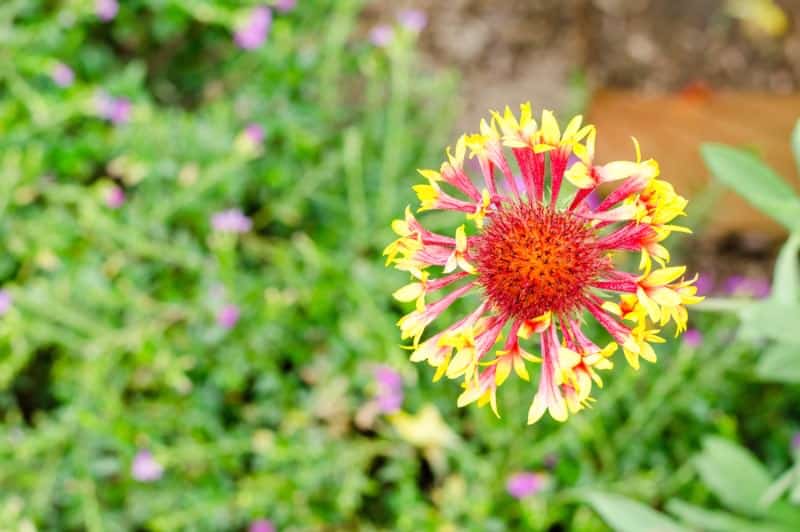
Large Fothergilla
The large fothergilla blossoms in red, orange or yellow depending on the season.
It is a slow grower, but it can tolerate drought and wet conditions, making it a versatile option for your garden.
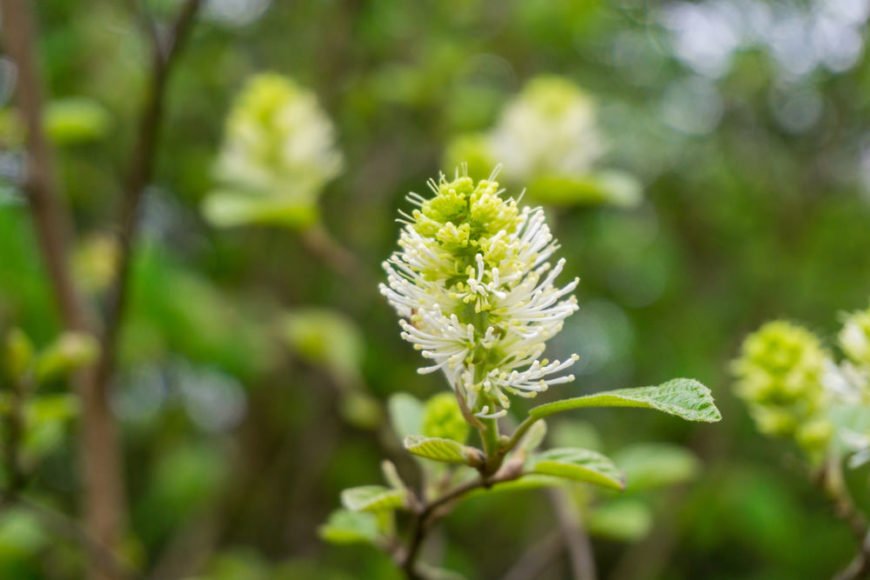
Large Speedwell
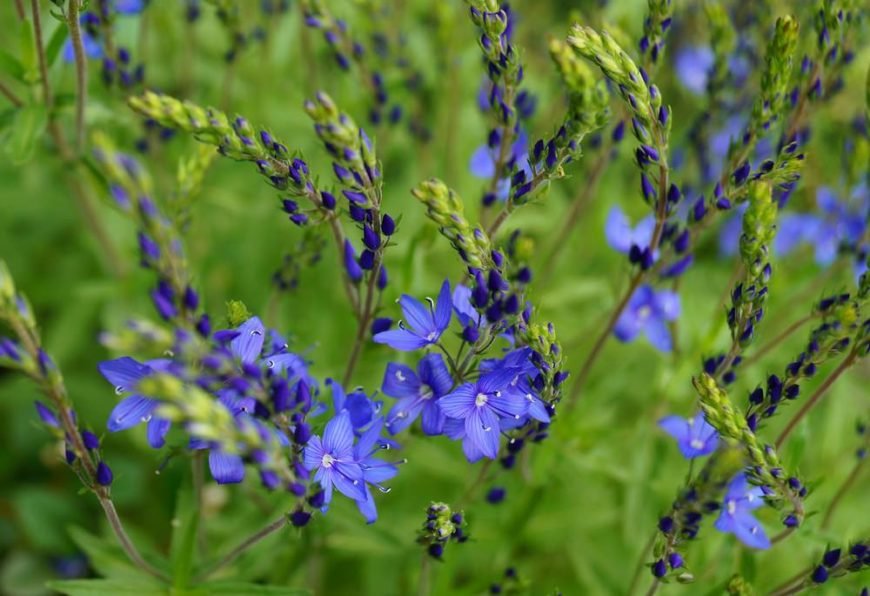
Large Yellow Foxglove
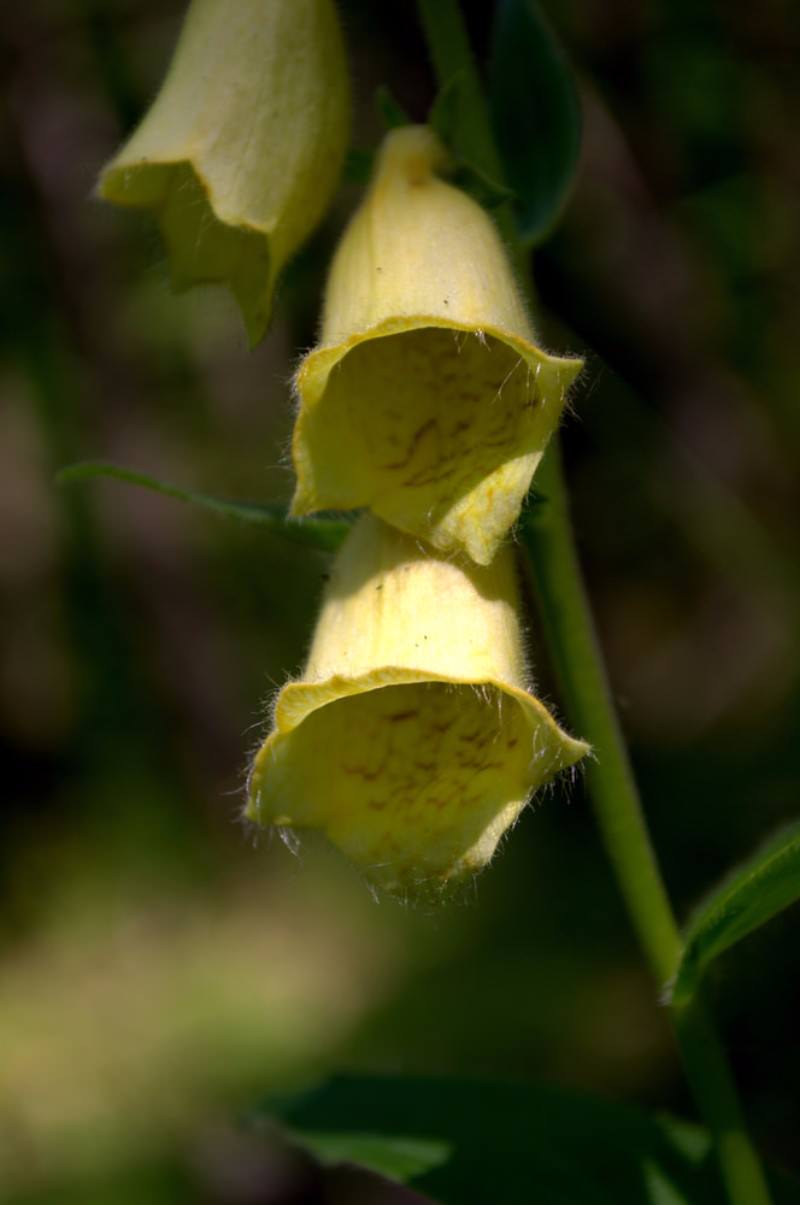
Lavandin
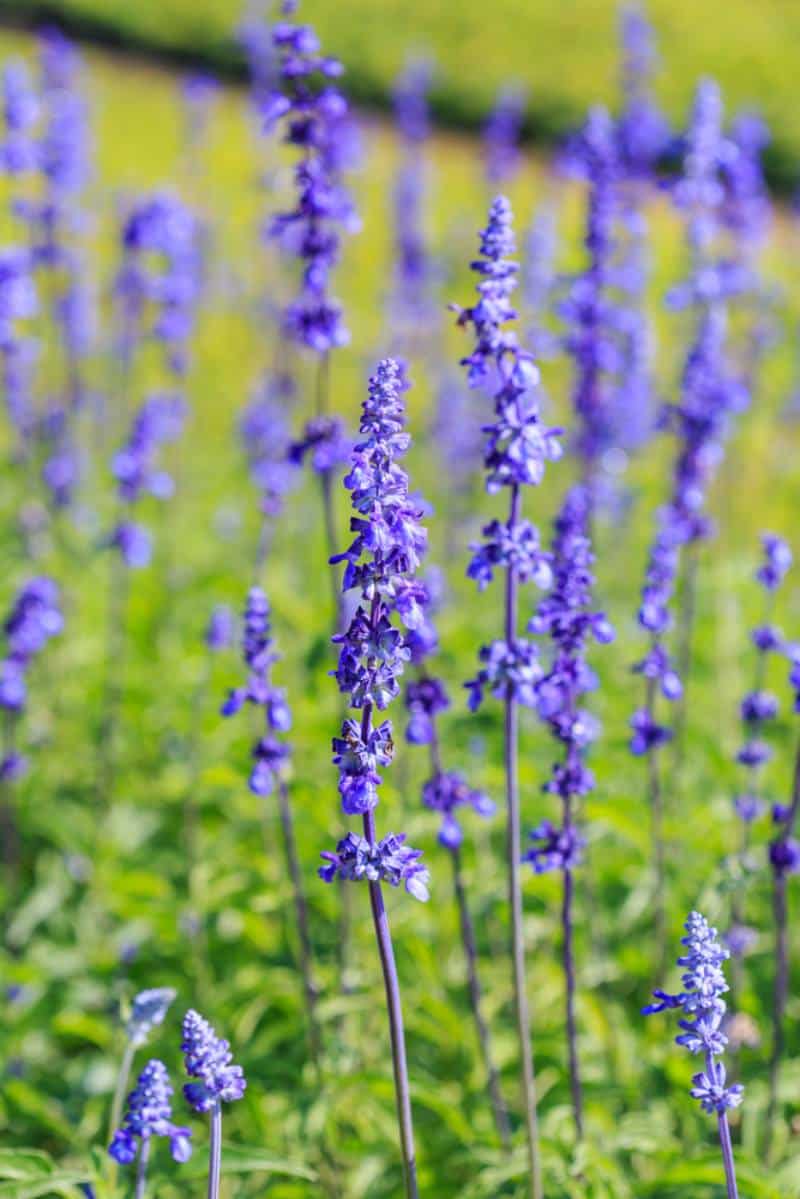
Leopard’s Bane
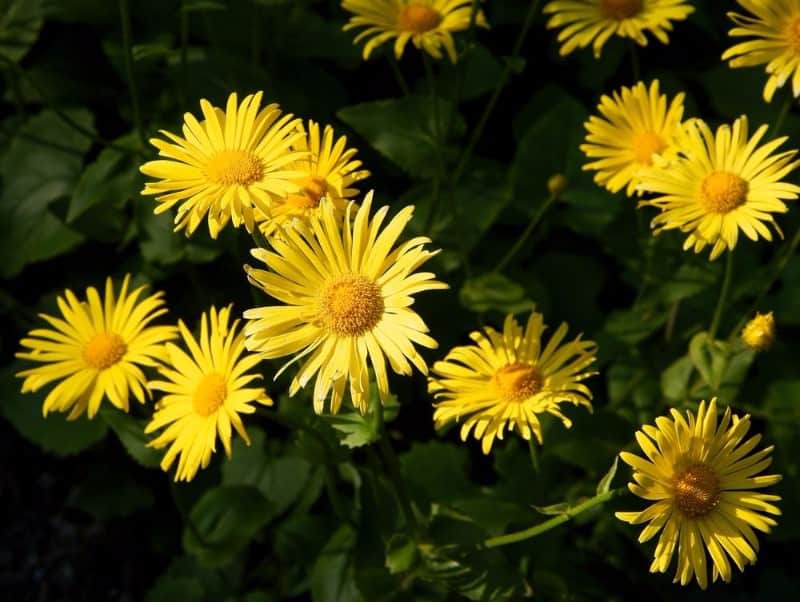
Love In A Mist
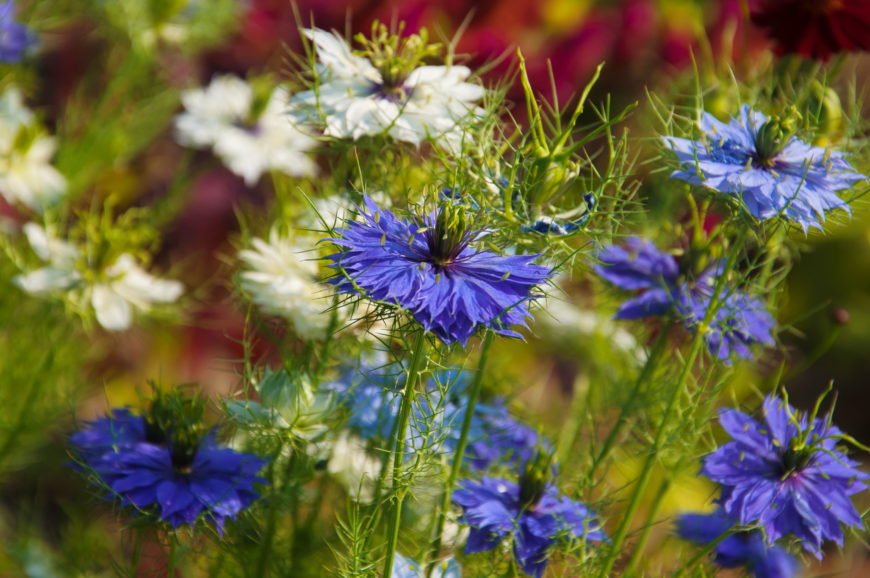
Lacespine Pincushion Cactus
The Lacespin Pincushion Cactus has many short, white, or pale pink radial spines. Flowers grow from between the tubercles and usually have white petals with pink highlights.
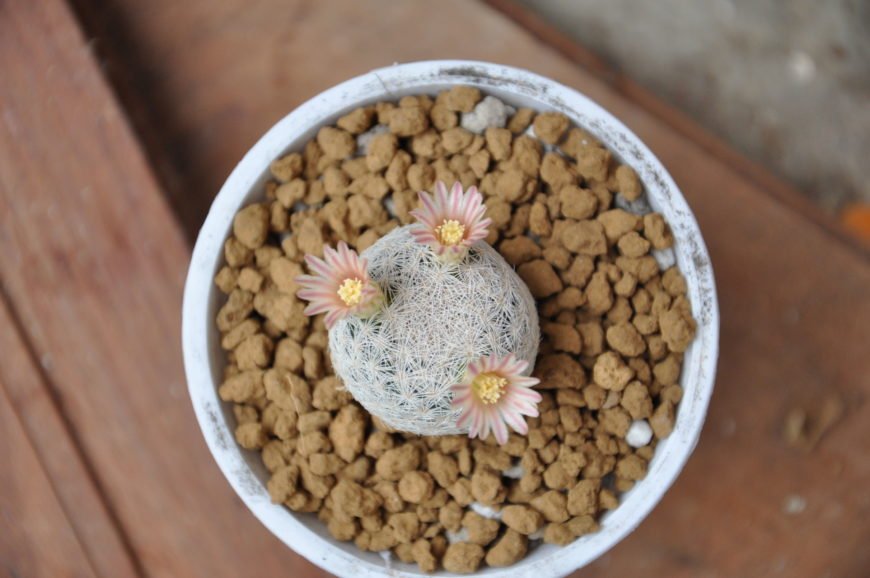
Read our article on the best place to order flowers online if you want to buy any of these flowers for your home or garden.
